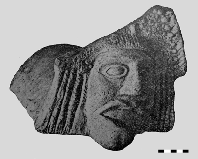|
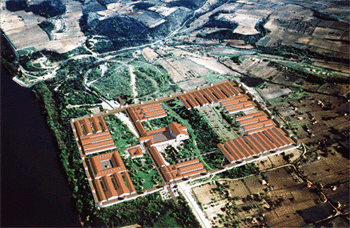 Archive and museum query on the canabae Novae and late Roman
suburban area 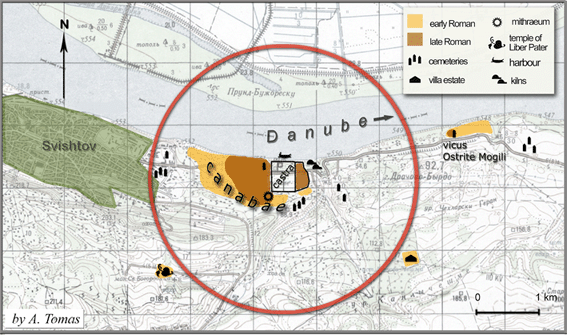
Roman military bases were usually accompanied by
civilian settlements, these being very often in a form of towns. Their inhabitants constituted a part of a civilian-military
society, tied with soldiers by family connections, business, trade or services. Material remains of every-day life
of this specific society are sometimes the only trace of their activities. Some of these puzzles of multicultural jigsaw which was the basis
for the Roman provincial society can be sometimes put in a right place, in order to create a picture of the past.
The civilian-military society of Greek and Roman settlers living in the Roman border zone was an important factor
for the creation of the specific local social structures.
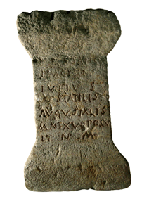
The Romanization and urbanization role of the army have been a subject of numerous works so far.
Altough the important role of the army is obvious, it is worth to underline that this was not possible without
the social and economic basis created by the local civilian society. The same as the army was strictly connected and dependant on the
local business and services, the single soldier was involved with the family ties, religious life, enterntainment or business.
The canbae and vici can not be compared to Rome or Pompeii, but their life must have been both difficult as colourful.
Ethnic, religious and social diversity joined by the common Graeco-Roman culture reminds very much the modern United Europe.
Understanding of the Roman phenomenon is crucial for our life today.
Since the exact places of every building and feature in the canabae is not possible, some of these
can be traced by the analyses of the material remains. This is related especially to the sepulchral and religious monuments,
Items used in every-day life give a special picture of the society. Majority of finds were moved in the late Antiquity, but
thier function and character brings some new light into our understanding of the canabae society.
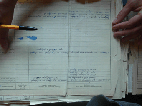
In some cases the form, state of preservation and type of the monument, despite the lack of the context,
may point to its primary origin from the extramural area. These are mainly sepulchral monuments and
evidence of some cult practice.
In order to reconstruct
some fields of canabe life, the monuments have been analysed according to their function,
dating, place of find. Some of them have been registered before the excavations in Novae
had stared in 1960. These finds are now kept in the Historical Museum in Svishtov, but also
in the National Archaeological Museum in Sofia. 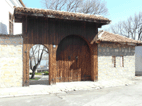
Thanks to the Foundation for the Polish Science, the query in the Bulgarian museums and archives have been fulfilled in March 2012.
Tens of monumetns have been described and phothographed again. The catalogue of both published and unbublished materials
is now in preparation. Agnieszka TomasAt present the remote sensing survey have been conducted in the canabae of Novae and late Roman suburban area. SEE MORE Publications:
Novae. An archaeological Guide (z T. Sarnowskim, A.B. Biernackim, P. Vladkov±, M. Lemke), Warszawa 2012 |
















